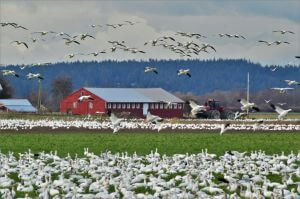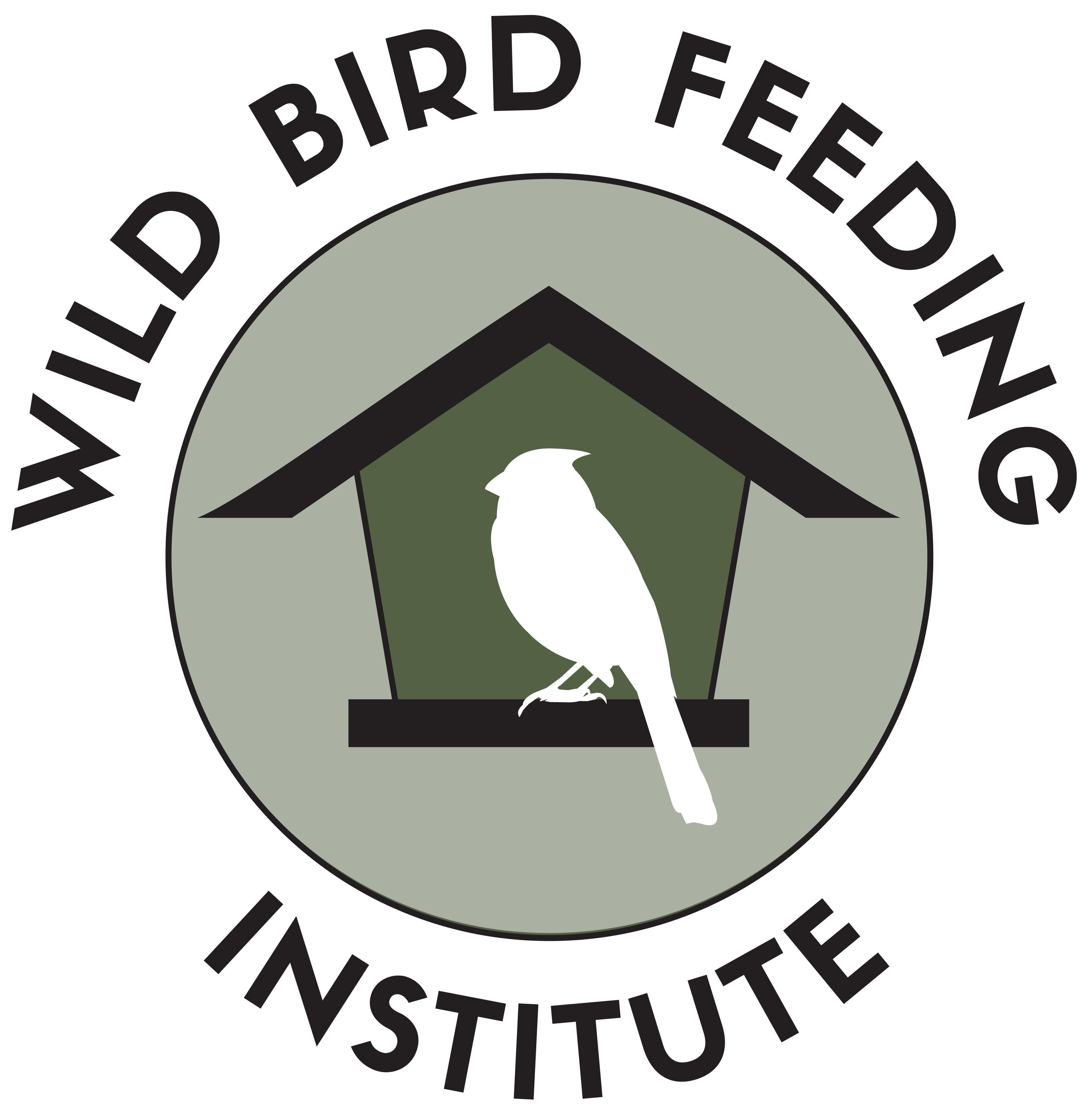Avian Flu Wild Birds Updates
The Wild Bird Feeding Institute has been diligently monitoring the outbreak of the Highly Pathogenic Avian Influenza virus [HPAI A(H5N1)] outbreak in the United States and Canada. So far, there has been no evidence that the disease is spread by bird feeders.
READ: Jenna McCullough, WBFI Partnered Researcher on What is bird flu and how does it spread?

HPAI UPDATES
Avian Flu Update - June 23, 2025
The Wild Bird Feeding Institute (WBFI) continues to closely monitor the spread of Highly Pathogenic Avian Influenza (HPAI) across North America. To date, outbreaks have been reported in poultry and even dairy cows in the U.S., with agencies working to minimize the risk of transmission to workers in these industries. While the situation is evolving, our organization is here to help hobbyists and industry specialists with the best information and resources.
WBFI is currently developing an HPAI Tool Kit for WBFI members to have resources, assets, and the most up-to-date information. Recording of our Avian Flu webinar will be available in the WBFI Info Hub. NOT A MEMBER? JOIN TODAY!
WHAT HAS CHANGED SINCE LAST WBFI UPDATE:
- Currently, the USDA (United States Department of Agriculture) is exploring the efficacy of an Avian Flu vaccine for commercial flocks.
- House cats are now at risk for contracting HPAI from infected birds.
- Egg losses from HPAI plummeted and remained low for several months, until recent weeks where losses have begun to rise.
National Trackers for HPAI Outbreaks
For those looking to stay informed about the latest developments and outbreaks, two key resources are available:
- United States: The USDA’s APHIS Wild Bird Surveillance Program tracks HPAI in wild bird populations across the country.
- Canada: The CFIA’s NEOC GIS Services offers a comprehensive Wild Bird Tracker to monitor the spread of the virus in Canadian wildlife.
Current Affected Bird Species
The HPAI virus mainly impacts wild birds like migratory waterfowl, birds of prey, gulls, shorebirds, game birds, and scavengers such as crows and magpies. Songbirds and common feeder birds like cardinals, chickadees, and finches appear to be at much lower risk, so birdwatchers can still enjoy their activities. WBFI recommends that if you have a backyard chicken flock, and are near a recent HPAI outbreak area, you take down feeders temporarily as a preventative measure and evaluate your regional HPAI outbreak information weekly.
Key Points on Avian Flu and How to Protect Birds
- Spread Among Bird Species: The virus is most dangerous for migratory waterfowl, birds of prey, gulls, shorebirds, game birds, and scavengers. These species are especially vulnerable when they consume infected waterfowl or come into close contact with sick birds during migration.
- Low Risk to Songbirds: Fortunately, the risk of songbirds—such as cardinals, chickadees, and finches—contracting or spreading HPAI remains low. Although these birds do not appear to be a major threat, it is still wise to take preventive measures to reduce any potential risk.
- Preventive Measures: Wildlife agencies and birding organizations strongly recommend that hobbyists practice good hygiene at their bird feeding stations to prevent any potential spread of the virus. Here are some steps you can take:
- Regular Cleaning: Clean your bird feeders and birdbaths frequently, using a safe disinfectant.
- Use Gloves: Always wear gloves when cleaning or filling your feeders to avoid direct contact with any potential contaminants.
- Hand Hygiene: Wash your hands thoroughly after handling feeders or birdbaths.
- Temporary Removal of Feeders: If HPAI is reported in your area, consider removing your bird feeders temporarily. You can refer to national trackers (APHIS and CFIA) for specific outbreak updates in your region.
By staying informed and taking simple preventive measures, bird lovers can continue to enjoy feeding and observing wild birds safely while helping limit the spread of avian influenza.
NOT A MEMBER? JOIN NOW!
Hobbyists should ALWAYS use best feeding practices and clean feeders, birdbaths, and around feeding areas regularly to help stop the spread of diseases in birds.
Visit https://www.wbfi.org/feedsmart/ for resources and more information on how to utilize best bird feeding practices.
Previous Updates
Report Sick Wild Birds
The Smithsonian National Zoo collects reports of sick birds on a national scale. Read more about the Sick Wild Bird Report. You should also report the illness to your local or state wildlife department.

